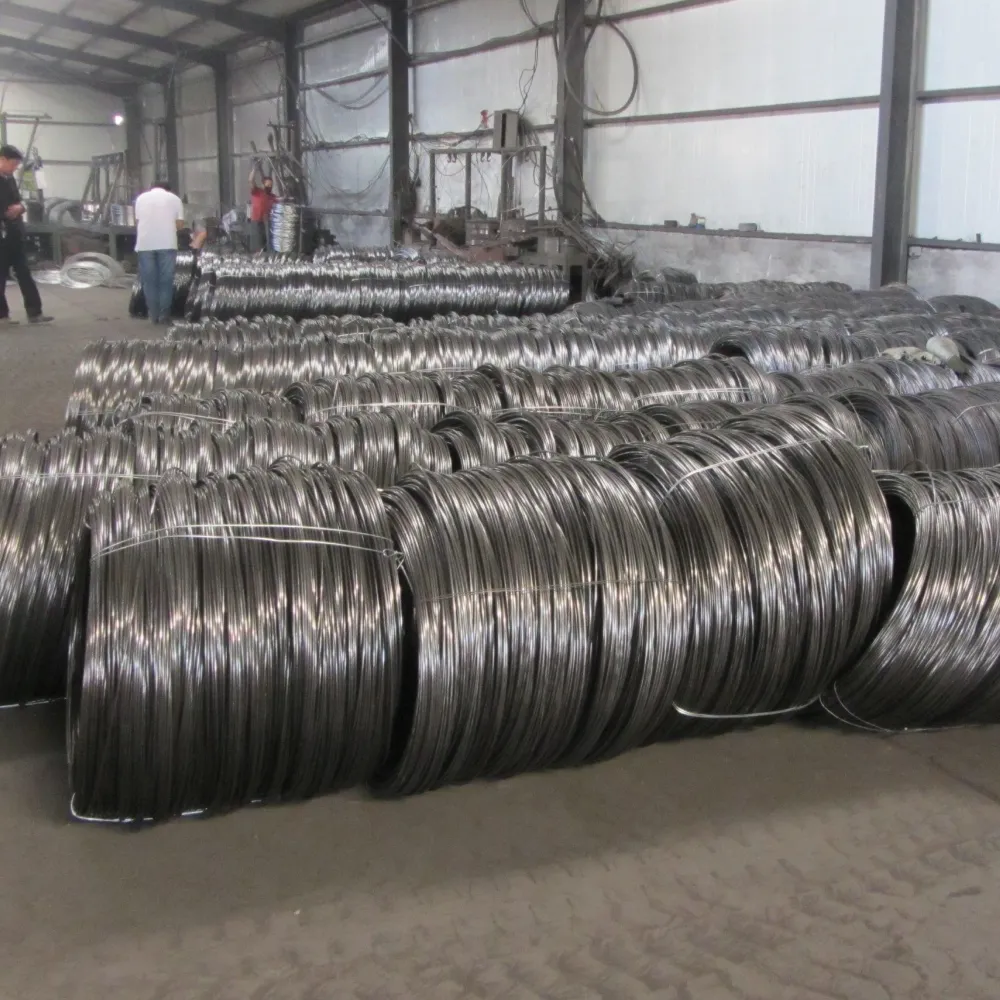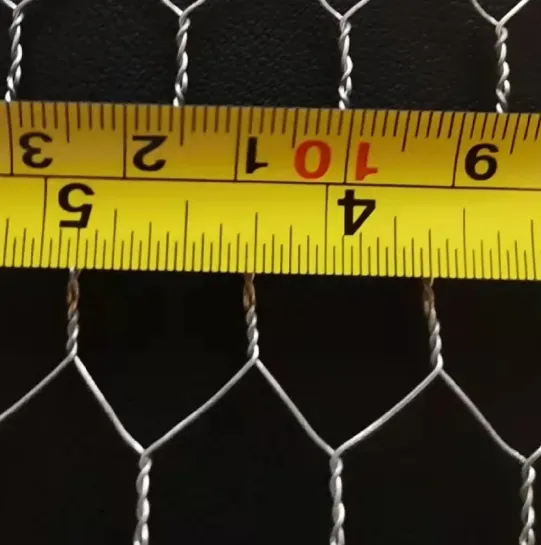Steel grating is an integral component in multiple industrial applications, offering durability, strength, and versatility unmatched by other materials. For businesses looking to buy steel grating, understanding the nuances of selecting the right product is crucial to achieving long-term safety and functional benefits.

Choosing the appropriate type of steel grating depends on several factors, including load-bearing requirements, environmental conditions, and aesthetic considerations. Steel grating is typically used in platforms, walkways, stair treads, and drainage covers, where its open grid design allows for optimal water drainage and airflow, reducing the risk of surface accumulation and ensuring safety.
1. Types of Steel Grating
The main types of steel grating include welded, press-locked, and swage-locked. Each type has its unique manufacturing process and application suitability
- Welded Steel Grating Made by fusing cross bars and bearing bars under heavy pressure, welded steel grating offers superior strength and durability. It is ideal for heavy-load applications such as industrial floors and docks.
- Press-Locked Steel Grating This type is manufactured through a pressure-locking process, providing a tight, non-slip surface. It's perfect for architectural applications where aesthetic appeal is as important as function.
- Swage-Locked Steel Grating Characterized by its excellent strength-to-weight ratio, swage-locked grating is suitable for medium load applications, often used in mezzanine floors and skywalks.

2. Material and Coating Options
Deciding on the right material and coating is vital for both longevity and performance
- Stainless Steel Known for its resistance to corrosion and high temperatures, stainless steel grating is ideal for harsh environments, such as chemical plants or marine settings.
- Carbon Steel This cost-effective option offers substantial strength and is often chosen for indoor applications or where environmental conditions are not extreme.
- Galvanized Coatings Adding a zinc coating to carbon steel grating enhances its corrosion resistance, suitable for outdoor installations or moist environments.
3. Benefits of Steel Grating
Investing in steel grating delivers multiple business advantages including safety, cost-efficiency, and adaptability
- Safety The non-slip surface of steel grating reduces the risk of slips and falls, a critical factor in ensuring workplace safety.
- Cost-Efficiency Steel grating requires minimal maintenance compared to solid floors, lowering long-term operational costs.
- Adaptability Available in a broad range of specifications, steel grating can be custom-tailored to suit the specific needs of different industries, from petroleum refineries to food processing plants.
buy steel grating
4. Expert Installation and Maintenance
Proper installation by trained professionals ensures optimal performance and lifespan. Maintenance involves regular checks for damage or wear, especially in high-traffic areas, ensuring the grating remains functional and safe.
5.
Sustainability and Environmental Impact
Steel grating supports sustainable building practices. As steel is fully recyclable, choosing steel grating contributes to the reduction of environmental impact associated with material waste. Manufacturers often employ eco-friendly practices during the production process, further enhancing its green credentials.
6. Expert Recommendations and Certifications
When purchasing steel grating, look for products with industry certifications ensuring compliance with safety and manufacturing standards. Consult with seasoned experts who can provide guidance on the most suitable specifications for your specific needs, from load capacity to environmental resilience.
7. Case Studies and Proven Trustworthiness
Case studies of successful steel grating installations in similar industries provide insights into potential benefits and challenges. These case studies serve as testimonials of a product's effectiveness, revealing a record of trustworthiness and reliability.
In conclusion, buying steel grating demands careful consideration of type, material, and intended use to maximize benefits. Engage with authoritative suppliers who offer a blend of expertise, high-quality materials, and comprehensive after-sales support to ensure that your steel grating solution not only meets but exceeds operational requirements. This strategic investment in steel grating can lead to enhanced safety, durability, and efficiency, solidifying its role as a cornerstone in industrial infrastructure.
























